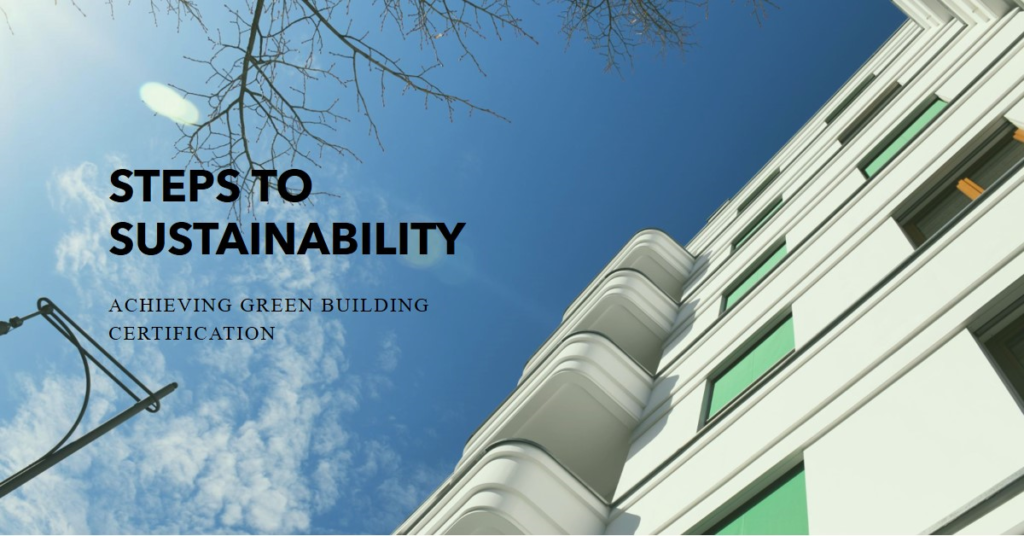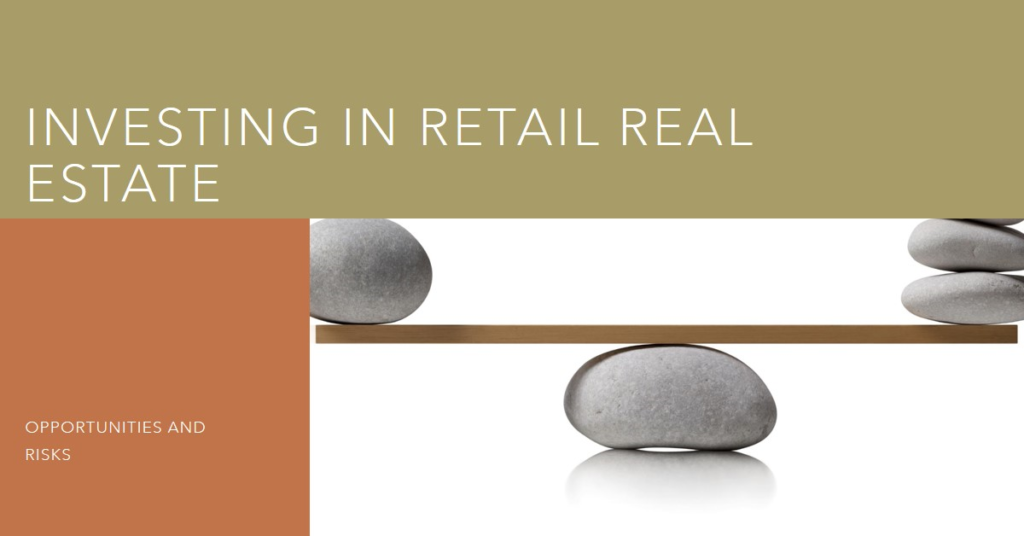
Table of Contents
Introduction:
In an era where environmental consciousness is paramount, the construction industry has undergone a paradigm shift towards sustainability. Green building certification has emerged as a hallmark of excellence in this endeavor, signifying a commitment to environmental responsibility, energy efficiency, and occupant well-being. Achieving such certification is not only a testament to a building’s environmental stewardship but also a strategic advantage for developers and owners. In this comprehensive guide, we delve into the steps involved in obtaining green building certification, offering insights into the transformative journey towards sustainability.
Understanding Green Building Certification:
Green building certification is a voluntary process that evaluates a building’s environmental performance and sustainability across various metrics. The most widely recognized certification systems include LEED (Leadership in Energy and Environmental Design), BREEAM (Building Research Establishment Environmental Assessment Method), and Green Star. These frameworks assess factors such as energy efficiency, water conservation, materials selection, indoor environmental quality, and site sustainability. By adhering to stringent criteria, certified buildings demonstrate their commitment to reducing carbon footprint, minimizing resource consumption, and enhancing overall environmental quality.
Selecting the Right Certification System
The first step towards achieving green building certification is selecting the most suitable certification system for your project. Each certification system has its own set of criteria, rating systems, and eligibility requirements tailored to different building types and geographic regions. Conducting thorough research and consulting with sustainability experts can help determine which certification aligns best with your project’s goals, budget, and timeline. Whether aiming for LEED certification in the United States, BREEAM in Europe, or Green Star in Australia, choosing the appropriate framework sets the foundation for success in the certification process.
Engaging Stakeholders and Setting Goals
Successful green building projects rely on collaboration among stakeholders, including architects, engineers, contractors, developers, and building owners. Engaging these parties early in the project lifecycle fosters a shared vision for sustainability and ensures that environmental goals are integrated into the design, construction, and operation phases. Establishing clear sustainability objectives, such as achieving specific energy efficiency targets or reducing water consumption, provides a roadmap for decision-making and performance measurement throughout the project lifecycle. By aligning stakeholders around common goals, projects can maximize their potential for green building certification.
Integrated Design Approach
An integrated design approach lies at the heart of green building certification, emphasizing synergy among architectural, engineering, and environmental disciplines. This holistic approach integrates sustainable design principles from the outset, considering factors such as building orientation, passive design strategies, efficient HVAC systems, renewable energy integration, and water-efficient landscaping. By leveraging building information modeling (BIM) and advanced simulation tools, design teams can optimize building performance, identify energy-saving opportunities, and minimize environmental impacts. The collaborative effort ensures that sustainability considerations are woven into every aspect of the building’s design and functionality.


Materials Selection and Life Cycle Assessment
The selection of materials plays a critical role in green building certification, as it directly influences environmental impact, resource depletion, and indoor air quality. Conducting a life cycle assessment (LCA) enables project teams to evaluate the environmental footprint of materials from extraction and manufacturing to transportation, installation, and disposal. Opting for sustainable materials with recycled content, low embodied energy, and non-toxic properties promotes environmental stewardship and human health. Additionally, sourcing materials locally reduces carbon emissions associated with transportation and supports regional economies. By prioritizing materials transparency and environmental performance, projects can enhance their prospects for green building certification.
Energy Efficiency and Renewable Energy Integration
Energy efficiency lies at the core of green building certification, driving reductions in energy consumption, operational costs, and greenhouse gas emissions. Implementing energy-efficient strategies such as efficient lighting, high-performance insulation, advanced glazing systems, and smart building controls can significantly improve a building’s energy performance. Furthermore, integrating renewable energy sources such as solar photovoltaics (PV), wind turbines, or geothermal systems further enhances sustainability and resilience. By optimizing energy use and harnessing clean, renewable energy, buildings can achieve high-performance standards and contribute to a low-carbon future.
Water Conservation and Management
Water conservation is another key aspect of green building certification, addressing the efficient use, reuse, and management of water resources. Implementing water-saving fixtures, such as low-flow faucets, toilets, and showers, reduces water consumption while maintaining user comfort and hygiene. Additionally, incorporating rainwater harvesting systems, greywater recycling, and drought-resistant landscaping minimizes reliance on potable water sources and mitigates the strain on municipal infrastructure. By adopting comprehensive water management strategies, buildings can conserve water, reduce utility costs, and alleviate pressure on water-stressed regions.
Indoor Environmental Quality and Occupant Health
Indoor environmental quality (IEQ) is essential for occupant health, comfort, and productivity, making it a focal point of green building certification. Enhancing IEQ involves optimizing factors such as air quality, thermal comfort, daylighting, acoustics, and ergonomics to create a healthy and conducive indoor environment. Implementing strategies such as natural ventilation, low-emission materials, proper humidity control, and access to daylight improves air quality and reduces the risk of indoor pollutants. Moreover, promoting occupant engagement through wellness programs, ergonomic design, and biophilic elements fosters a sense of well-being and satisfaction among building occupants.
Commissioning, Monitoring, and Performance Verification
Commissioning, monitoring, and performance verification are integral to the green building certification process, ensuring that sustainability goals are achieved and maintained over time. Commissioning involves testing and optimizing building systems to ensure they perform according to design intent and operational efficiency. Continuous monitoring of energy, water, and indoor environmental quality metrics enables proactive management and optimization of building performance. Periodic performance verification through audits, measurements, and reporting provides stakeholders with valuable insights into the building’s ongoing sustainability performance. By embracing a culture of continuous improvement and accountability, certified buildings can uphold their commitment to sustainability and resilience.
Conclusion
In conclusion, achieving green building certification is a multifaceted journey that requires collaboration, innovation, and commitment to sustainability principles. By understanding the certification process, engaging stakeholders, setting clear goals, and integrating sustainable design strategies, projects can pave the way towards a greener, more resilient built environment. From materials selection and energy efficiency to water conservation and indoor environmental quality, every aspect of the building lifecycle contributes to its environmental footprint and potential for certification. As the demand for sustainable buildings continues to rise, green building certification serves as a testament to a building’s environmental leadership and enduring value in a rapidly changing world.


